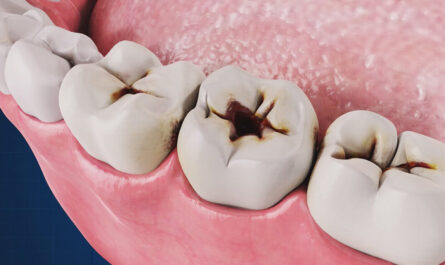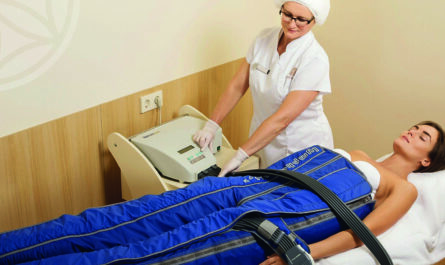Different breast imaging modalities
Breast imaging refers to the various techniques used to visualize the internal structure of the breasts and detect any abnormalities. Some of the commonly used breast imaging modalities include:
Mammography
Mammography is considered the gold standard for breast cancer screening as it uses low-dose x-rays to examine breast tissue. Screening mammograms can detect lumps years before they can be felt, as they can reveal tumors that are too small to see or feel. Diagnostic mammograms provide clearer images of the breast and are used to investigate abnormalities discovered during screening.
Breast Ultrasound
Breast ultrasound uses high-frequency sound waves to produce images of the breast tissue. It is useful for further evaluating abnormalities found during a clinical or self breast exam or on a mammogram. Ultrasound is also useful for women with very dense breast tissue as sound waves can penetrate dense tissue better than x-rays. It helps differentiate between solid masses and fluid-filled cysts.
Breast MRI
Breast Imaging MRI has a higher sensitivity than mammography or ultrasound in detecting cancer, especially in women at high risk. MRI uses strong magnetic fields and radio waves to produce detailed images of the breast tissue. It is helpful for screening women with a high lifetime risk of developing breast cancer as well as evaluating the extent of known breast cancer.
Advances in breast imaging technology
Over the years, breast imaging technology has advanced significantly helping detect cancers at earlier, more treatable stages. Some of the latest advances include:
3D Mammography
3D mammography, also known as digital breast tomosynthesis, takes multiple low-dose x-ray images of the breast from different angles and uses computer algorithms to generate 3D views. This allows radiologists to detect subtle cancers obscured by normal breast tissue. Studies have shown 3D mammography finds more invasive breast cancers and reduces call-back rates.
Breast-Specific Gamma Imaging (BSGI)
BSGI uses a special gamma camera and radiopharmaceuticals injected into the patient to detect abnormalities in breast tissue. The images provide functional information about areas of the breast that may have increased metabolic activity that could indicate cancer. It may help reduce false positives and improve detection of cancers in dense breasts.
Automated Whole-Breast Ultrasound
Automated whole-breast ultrasound systems scan the entire breast much faster than conventional hand-held ultrasound. The images are incorporated into a 3D model of the breast showing both anatomical and functional information. Studies suggest it increases cancer detection when used as an adjunct to mammography, especially in women with dense breasts.
Expanding screening guidelines
Breast cancer screening guidelines have been changing to enhance prevention and early detection. Some notable changes include:
The U.S. Preventive Services Task Force now recommends annual mammograms start at age 40 for women at average risk. Previously, screening was recommended to begin at age 50.
For women at high risk like those with BRCA gene mutations or a strong family history, the guidelines recommend getting an MRI along with a mammogram every year starting at age 30.
Some organizations now also suggest considering shorter screening intervals like every six months or annually for women with extremely dense breasts based on their last mammogram report. This is because dense breast tissue can obscure tumors on mammograms.
Importance of a multidisciplinary approach
Detecting breast cancers early through screening is crucial but requires a multidisciplinary approach incorporating imaging, pathology, genetics and surgical, medical and radiation oncology expertise. Some key aspects of this approach include:
– When abnormalities are detected, coordinating diagnostic imaging and biopsy for tissue sampling.
– Discussing complex cases at weekly multidisciplinary tumor boards involving multiple specialties.
– Providing tailored treatment plans based on cancer characteristics and risk profiles.
– Offering genetic counseling and testing for women with strong family histories to guide personalized screening.
– Coordinating care during and after active treatment involving imaging, reconstructive surgery and monitoring for recurrence.
This collaborative model leveraging diverse expertise has been instrumental in improving breast cancer outcomes through early detection and precision-based care tailored to the individual patient.
Advances in breast imaging technology now allow detection of smaller, earlier-stage cancers through modalities like 3D mammography and breast MRI. Meanwhile, screening guidelines continue expanding to enhance prevention particularly for women at increased risk. A multidisciplinary approach incorporating the latest imaging insights ensures patients receive coordinated diagnostic evaluation and optimized treatment planning. Together, these approaches hold tremendous promise for further reducing breast cancer mortality rates through early detection and precision care.
*Note:
1. Source: Coherent Market Insights, Public sources, Desk research
2. We have leveraged AI tools to mine information and compile it




